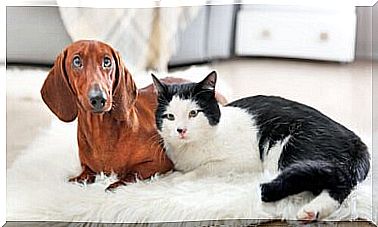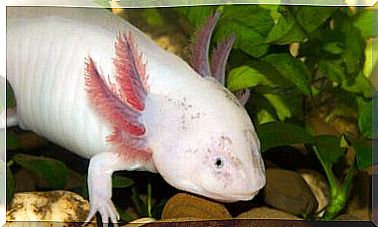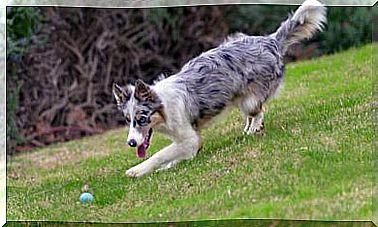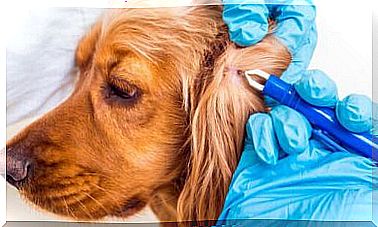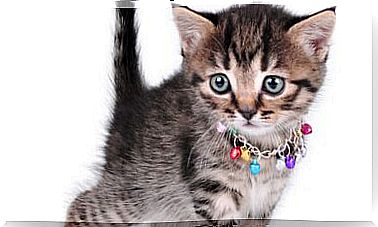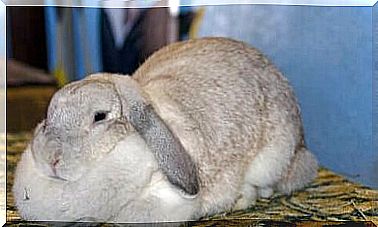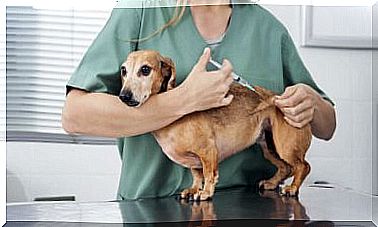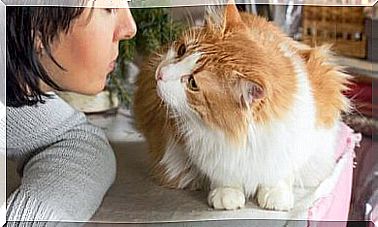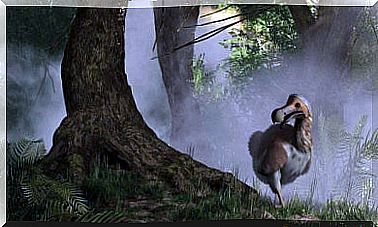Displacement Of Abomasum In Cattle: Learn More Here!
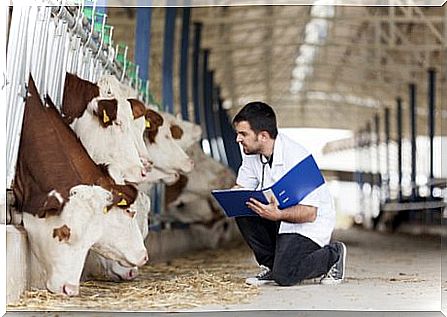
Displacement of the abomasum is one of the most common digestive alterations in ruminants. As the name suggests, it involves the movement of the organ called abomasum. This is the organ that performs the stomach function in ruminants. That’s because the other parts of the digestive system are for rumination. This condition can cause digestive and behavioral disturbances in the animal.
Cause of abomasal displacement
It is a disease that occurs more frequently in dairy females, older than four years. Therefore, young animals, males and beef breeds, will have a lesser predisposition to suffer from this disease.
In general, dairy cows such as the Frisian Holstein have greater demands and suffer from nutritional problems. Because of this, the disease is more frequent in animals of this type. This condition occurs especially during the puerperium. In other words, in the period after the birth of the young, the cow’s body returns to its productive state, little by little.
Another factor related to this disease is food. Therefore, low-fiber diets – low energy – after childbirth, obesity and food deficits can cause this disease. Usually, in these cases, there is a reduction in the volume of the rumen, allowing the abomasum to move and even to become twisted.
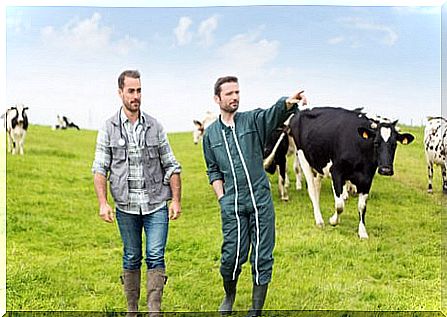
Other factors, such as season or stable, can also play a role. In fact, this disease is more frequent in cold weather and in cows that have little mobility. In other words, pay special attention to animals that live in intensive breeding stables.
Symptoms of abomasal displacement
At the onset of the disease, the cow decreases its appetite and loses weight. Therefore, you will try to eat only feed instead of concentrated foods. Therefore, milk production can be reduced by up to half. These symptoms should not be confused with the natural behavior of the postpartum period. After all, this is one of the most important periods in raising dairy cows.
If the animal remains untreated, it may stop producing milk. In addition, he may be thin and extremely weak, even unable to get up. Due to the loss of appetite, the animal will only eliminate excreta in the form of diarrhea. In addition, animals may also have a fever.
Diagnosis and treatment of abomasal displacement
Diagnosis must be made by the veterinarian. Usually, the professional will go to the farm after discovering the symptoms, which are quite non-specific. Therefore, a good veterinarian is very important. The professional must be able to diagnose the disease through percussion and palpation of the animal.

As for the treatments, there are several and they depend on the specialist’s expertise, the farmer’s resources and the particular case. One of the most commonly used treatments is to rotate the cow itself after administering a calcium solution.
However, the most common is to perform a surgical operation. In addition, the resistance of the cattle allows operations in the field, with the animal under anesthesia. This allows for an exploratory laparotomy, which is an incision to see the level of rotation of the abomasum and other possible changes.
From the laparotomy, the veterinarian can resolve the torsion and place the abomasum in the right place. Afterwards, the professional will be able to fix it to the abdominal wall with a suture, which will prevent relapses that are quite typical in the displacement of the abomasum.
The disease, if we pay attention to livestock, have a low mortality rate. Surgery is not risky and prevention is quite simple, just with proper treatment of the animals.
